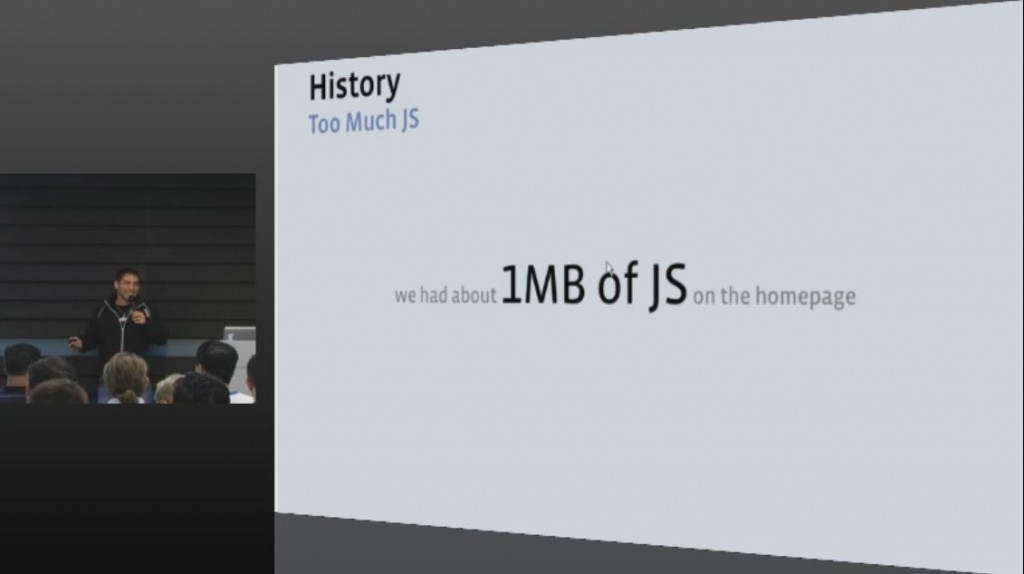Using WebP to create tiny preview images
Following with the image optimization topic, I am going to have a deeper look to Facebook’s technique to create preview photos, and will show how WebP can simplify their solution.

tl;dr WebP produces tiny files when compressing small images. This makes it ideal for implementing preview photos. Check the demo.

